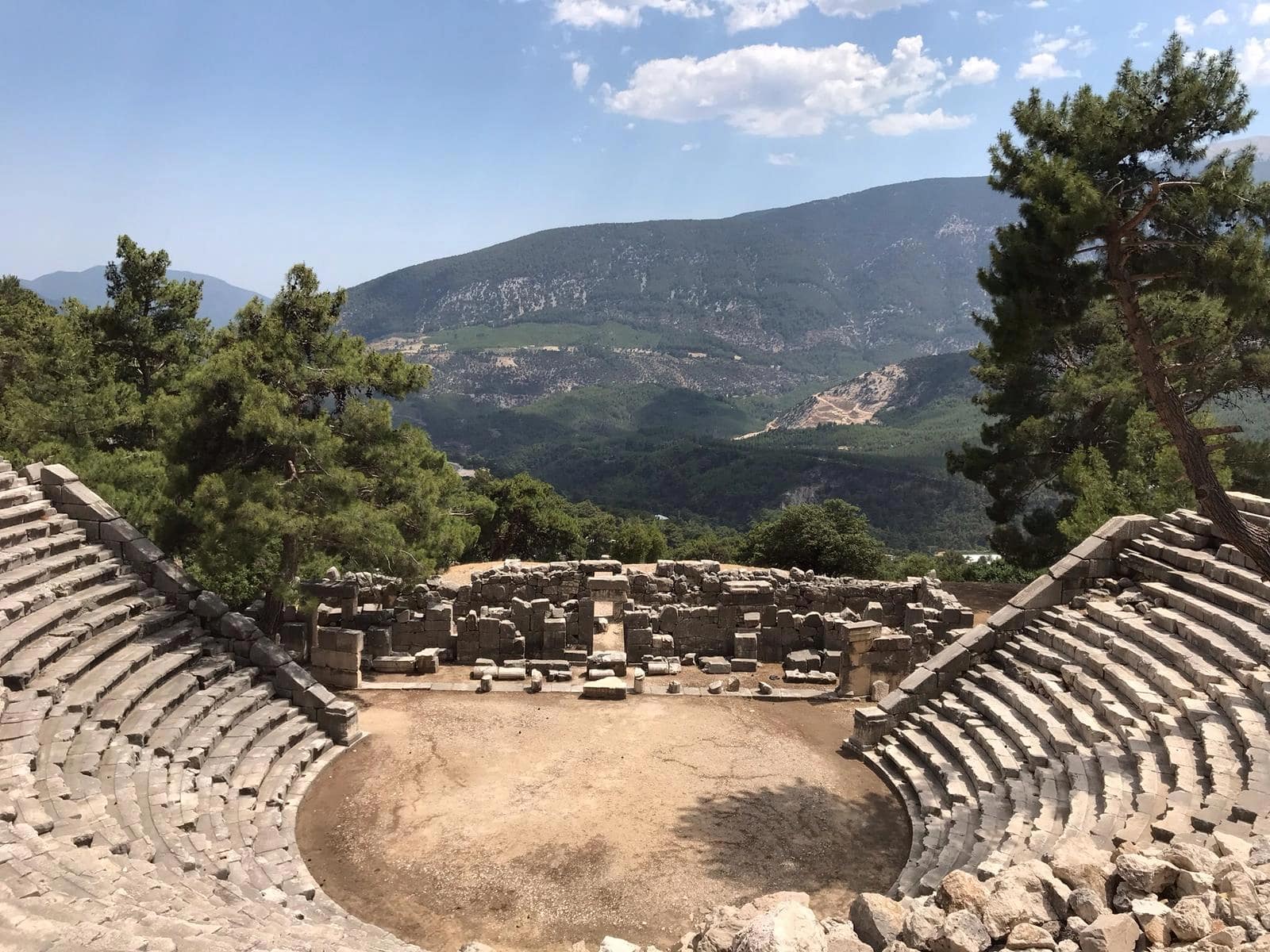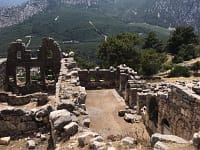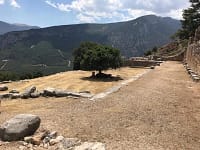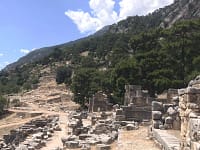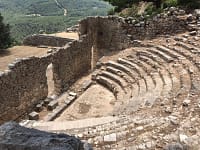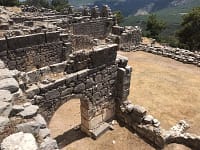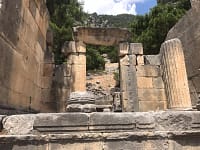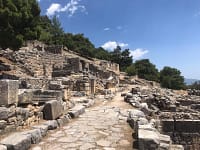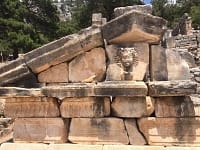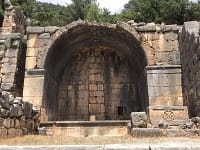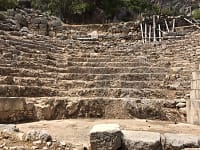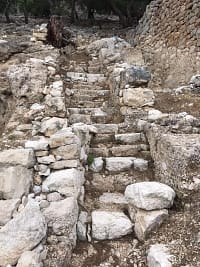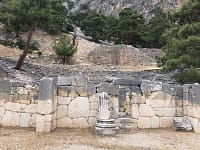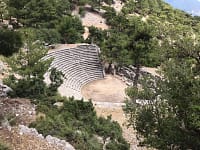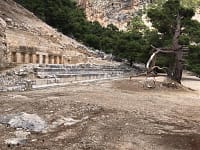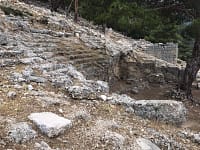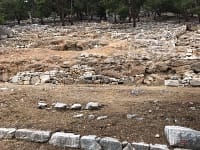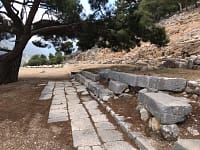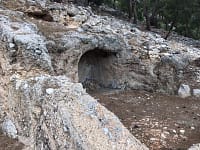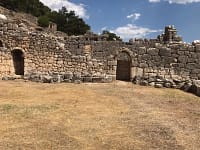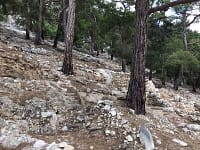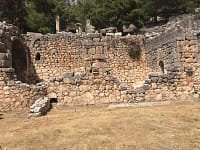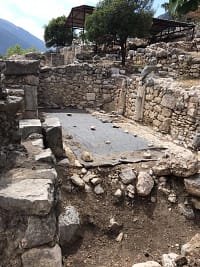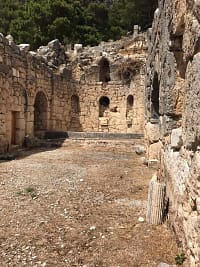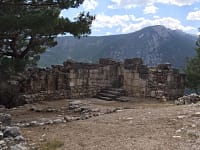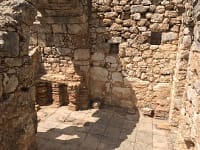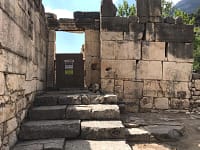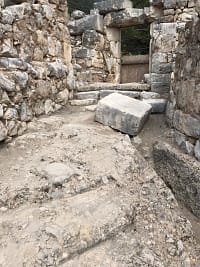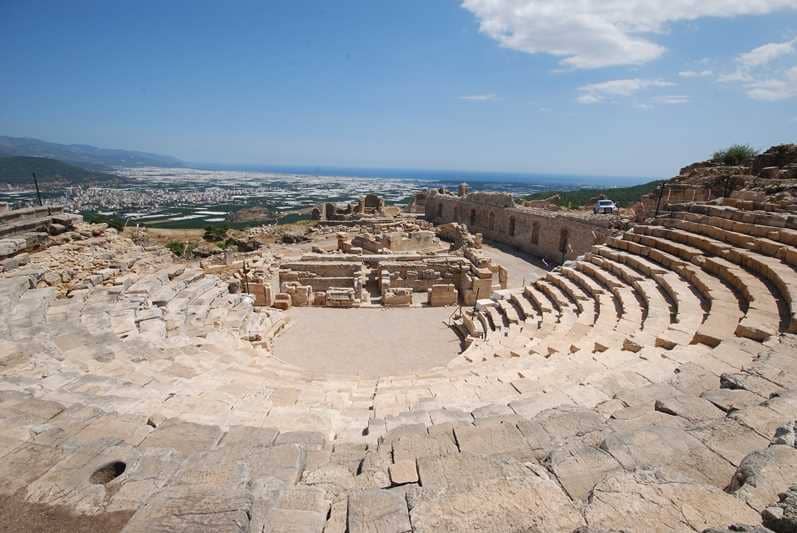Arykanda Ancient City: A Journey Through Time in the Heights of Lycia
Arykanda Ancient City, a fascinating part of the Lycian civilization, is located in the Finike district of Antalya. With a history dating back to the 5th century BC, it experienced its golden age during the Roman and Byzantine periods. Various historical structures such as rock tombs, a theater, baths, an agora, and an odeon reflect the city's rich cultural heritage. Arykanda, which also stands out with its natural beauties, is surrounded by pine forests, cedar trees, and wildflowers. This ancient city, where history and nature intertwine, offers visitors an unforgettable experience.
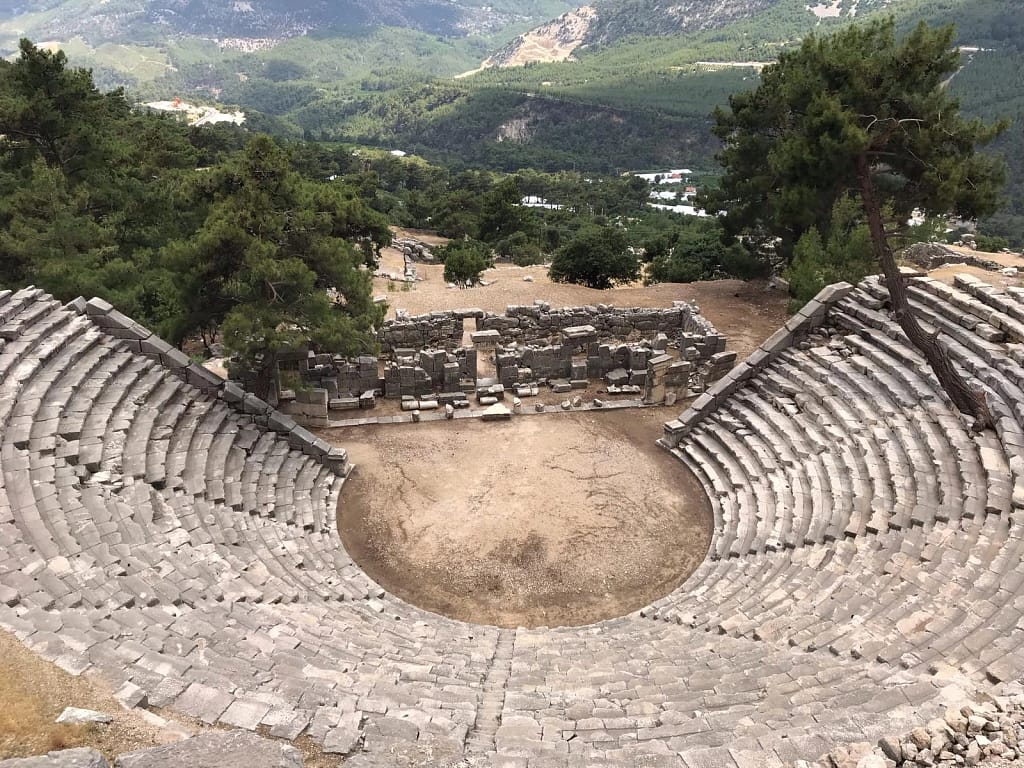
Arykanda Ancient City, located 30 kilometers from Finike district of Antalya, is a mysterious and magnificent witness of the Lycian civilization. Situated on the slopes of the Taurus Mountains at an altitude of 900 meters, this ancient city offers visitors both breathtaking natural beauty and a history dating back centuries.
The History and Cultural Texture of Arykanda
The history of Arykanda dates back to the 5th century BC. The name Arykanda, meaning "the place next to the high rock" in the Luwian language, perfectly reflects the geographical location of the city. As an important member of the Lycian League, Arykanda minted its own coins and played an active role in the political and economic life of the region. The city, which experienced its golden age during the Roman and Byzantine periods, continued its existence until the 11th century.
Treasures to be Discovered in Arykanda
Arykanda Ancient City offers visitors many historical and architectural structures to explore. Among the most important places to see in the city are:
- Rock Tombs: The rock tombs, a symbol of the Lycian civilization, are among the oldest remains of Arykanda. Carved into the slopes of Şahinkaya, these tombs stand out with their architectural features belonging to different periods. In particular, sarcophagus-type tombs and temple-like tombs are among the finest examples of Lycian tomb architecture. For example, the reliefs in some of the rock tombs provide clues about the social status and profession of the deceased.
- Theater: The theater, dating back to the Roman period, is one of the largest structures in the city with a capacity of 7,000 people. Located at the foot of Şahinkaya, the theater is impressive both for its acoustic properties and panoramic view. The theater's seating rows, stage building, and orchestra pit can still be seen. Events held especially in the summer months enliven the atmosphere of the theater.
- Baths: The Roman baths, with their hot, warm, and cold sections, are still standing. The mosaic floors and frescoes of the baths provide clues about the artistic understanding of the period. The mosaics depicting Apollo and Artemis, in particular, attract the attention of visitors. The architectural features of the baths reflect the typical characteristics of Roman baths.
- Agora: The agora, the commercial and social center of the city, is spread over a wide area. Around the agora, there are shops, temples, and other public buildings. The monumental fountain in the middle of the agora was built to meet the water needs of the city. The columned galleries around the agora offer visitors a pleasant walk.
- Odeon: The odeon, used for music and poetry recitals, is a small but impressive structure. The acoustic properties of the odeon are still admired today. Concerts held especially in the summer months enliven the atmosphere of the odeon. The seating rows and stage building of the odeon can still be seen.
- Stadium: The stadium, used for athletic competitions, sheds light on the sporting activities of antiquity. The seating rows and track area of the stadium have been partially preserved to the present day. The columned gallery around the stadium offers visitors a pleasant walk. The architectural features of the stadium reflect the typical characteristics of Roman stadiums.
- Basilica: The basilica, dating back to the Byzantine period, is an important structure where religious ceremonies were held. The basilica's mosaic floors and columns reflect the architectural features of the period. The mosaics depicting Jesus, in particular, attract the attention of visitors. The apse and side aisles of the basilica can still be seen.
The Dance of Nature and History in Arykanda
Arykanda Ancient City attracts visitors not only with its historical and architectural richness but also with its natural beauties. The pine forests, cedar trees, and maquis areas around the city offer an ideal environment for nature walks and photography. In addition, the Arykandos River, which passes near the city, is a beautiful place to cool off and relax. Especially the wild orchids, tulips, and irises that bloom in the spring add a different color to the ancient city.
Suggestions for Visiting Arykanda
If you are planning to visit Arykanda Ancient City, you may find it useful to consider the following suggestions:
- It is recommended to plan your visit for spring or autumn to avoid the hot summer days.
- Don't forget to bring a hat, sunglasses, sunscreen, and water with you.
- Due to the rough terrain of the ancient city, it is important to wear comfortable shoes.
- Taking a guided tour during your visit, which explains the history and architectural features of the ancient city, will further enrich your experience.
- You can join nature walks to explore the natural beauties around the ancient city or cool off in the Arykandos River.
- You can taste local delicacies and buy handicrafts in the villages near the ancient city.
Arykanda Ancient City is an important cultural heritage site that sheds light on the mysterious past of the Lycian civilization. This ancient city, which fascinates its visitors with its historical and natural beauties, offers an unforgettable experience.
Arykanda Ancient City: The Rising Star of Lycia
Arykanda Ancient City, located in the Finike district of Antalya, is an important historical center meaning "the place next to the high rock" in the Lycian language. This name reflects the city's indigenous Anatolian languages and indicates that it is one of the oldest cities in the region.
History
Although the history of Arykanda does not extend definitively before the 5th century BC, it is known to have been founded by the Lycians and existed until the 6th century BC. The city developed significantly, especially during the Hellenistic and Roman periods, becoming an important settlement center.
Builders and Usage Dates
Arykanda was founded by the Lycians and became an important trade center as one of the 12 members of the Lycian League. The city, which came under Roman rule in the 1st century BC, continued to be an important settlement center during the Roman period. Arykanda experienced its most glorious period in the 2nd and 3rd centuries AD, but it was weakened by a great fire in 435 AD and subsequent earthquakes, and lost its former glory in the 8th century.
Discovered Artifacts
Arykanda houses many important structures such as a gymnasium, bath, theater, odeon, stadium, agora, and a small bath. In addition, the Traianus and Helios temples, the basilica on Nal Tepe, and a church in the eastern necropolis are among the important remains in the city.
Famous Personalities
Coins belonging to the local lords Kuprili and Aquwami from the 5th century BC found in Arykanda reflect the city during the Persian rule, and coins belonging to Perikles, the Lord of Limyra, dating back to the 4th century BC have also been found. In addition, Ankara University faculty member Prof. Dr. Cevdet Bayburtluoğlu has made significant contributions to the excavations and uncovering of the city.
Arykanda Ancient City is an important open-air museum that sheds light on past ages with its rich history and archaeological remains.

